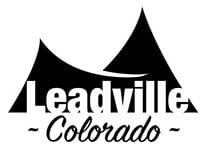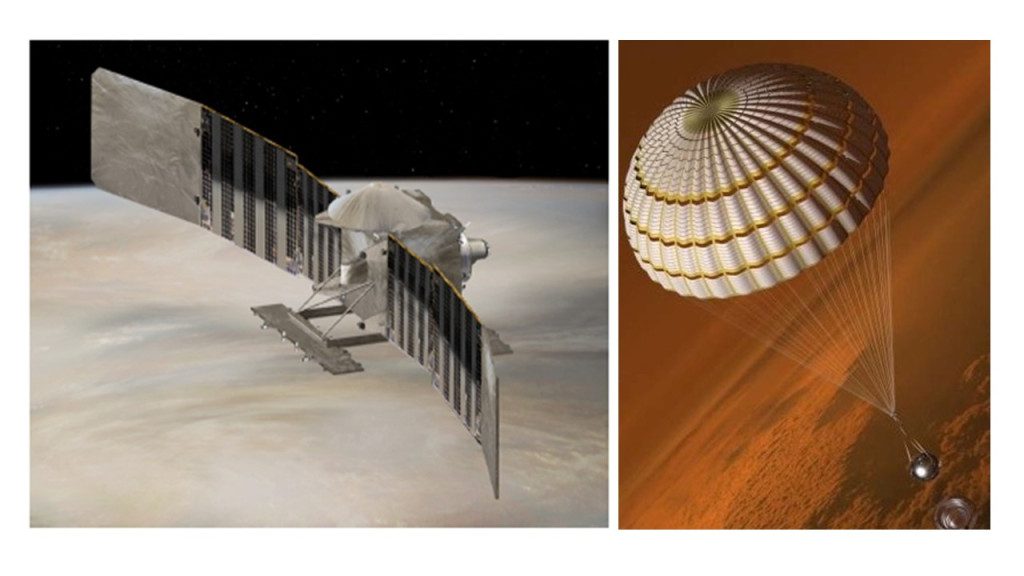Colorado’s robust aerospace industry is making news. NASA has tapped Lockheed Martin for missions to Venus and a Denver startup working to launch a new era of supersonic air travel has a deal with United Airlines.
Lockheed Martin Space will design, build and operate the spacecraft at its Jefferson County facilities for two missions to Venus later this decade. It will be the first time in about three decades since NASA has explored the planet closest to Earth.
Another Colorado aerospace company, Boom Supersonic, has struck a deal with United Airlines for 15 of its Overture supersonic planes, which are in development, on condition that the aircraft meets safety, operating and sustainability requirements. The companies said in a statement Thursday the agreement includes an option for 35 more planes.
Denver-based Boom has said it plans to start production in 2023 and go through test flights and certification starting in 2026. The Concorde, which stopped flying in 2003, was the last commercial aircraft to travel faster than the speed of sound.
The last time NASA traveled to Venus was 30 years ago. Lockheed Martin built the spacecraft for the Magellan mission, which generated the first maps of the planet’s surface.
NASA said it will award about $500 million for each of the two new missions for development and expects the launches to occur in the 2028-2030 timeframe.
“There’s this huge Venus science community that is so excited to now be going back and really uncovering the secrets of Venus and how it relates to us and even how it relates to other planets,” Tim Linn, Lockheed Martin’s advance program manager for the missions, said Thursday.
Like Mars, Venus is similar in size and composition to Earth, Linn said. But Venus has “a nasty environment” that is rich in carbon dioxide and rains sulfuric acid, he said. The planet’s surface is so hot it can melt lead.
Scientists want to figure out how the planet they believe might have been the first habitable world in the solar system turned into an extremely hot, uninhabitable place, Linn said.
“Why is it so different than Earth even though its size and makeup, geography-wise, are so similar? We want to understand this planet in a way that really helps us understand not only our origins as a solar system but also Earth’s origin and its commonality or differences,” Linn said. “Is there something here that we need to read into this to understand where earth might be headed?”
To answer some of those questions, one spacecraft, VERITAS, will orbit Venus to map its surface to create three-dimensional reconstructions and determine whether there are active volcanoes. VERITAS stands for Venus Emissivity, Radio Science, InSAR, Topography, and Spectroscopy. NASA’s Jet Propulsion Laboratory is the lead agency.
The other spacecraft is DAVINCI+, or Deep Atmosphere Venus Investigation of Noble gases, Chemistry, and Imaging. The craft will measure the planet’s atmosphere to explain why it “currently suffers from a runaway greenhouse-gas effect,” Linn said.
“Previous missions to Venus, including Magellan, have provided some tantalizing hints that the planet may have once harbored a liquid ocean. DAVINCI+ will expand on those findings,” he added.
The critical part of the data-gathering will be a one-hour descent of a probe, which will be released via parachute by the spacecraft. The probe will carry instruments engineered by NASA’s Goddard Space Flight Center.
The instruments might collect some data once on the surface, but there won’t be much time. Linn said the probe will soon burn up because of the sizzling heat.
Depending on what NASA wants to do, DAVINCI+ could continue exploring by orbiting Venus. Linn said that’s where the “plus” on the end of the name would come in.
Lockheed Martin will use some of the technology and designs it has used successfully in previous missions, with modifications where needed. Leveraging “as much heritage as possible” reduces risk and expense, he said.
Lockheed Martin employees have been developing the company’s proposals for the two missions for a while. Linn said it will take about 40 months from getting the authority to start work to be ready to launch. The company will wait for the go-ahead from NASA.
“We’re ready to go. We’d be ready to go tomorrow if NASA was ready to go,” Linn said. “We’re just excited that both of these are on their road map and both will be happening later in this decade.”
This content was originally published here.

